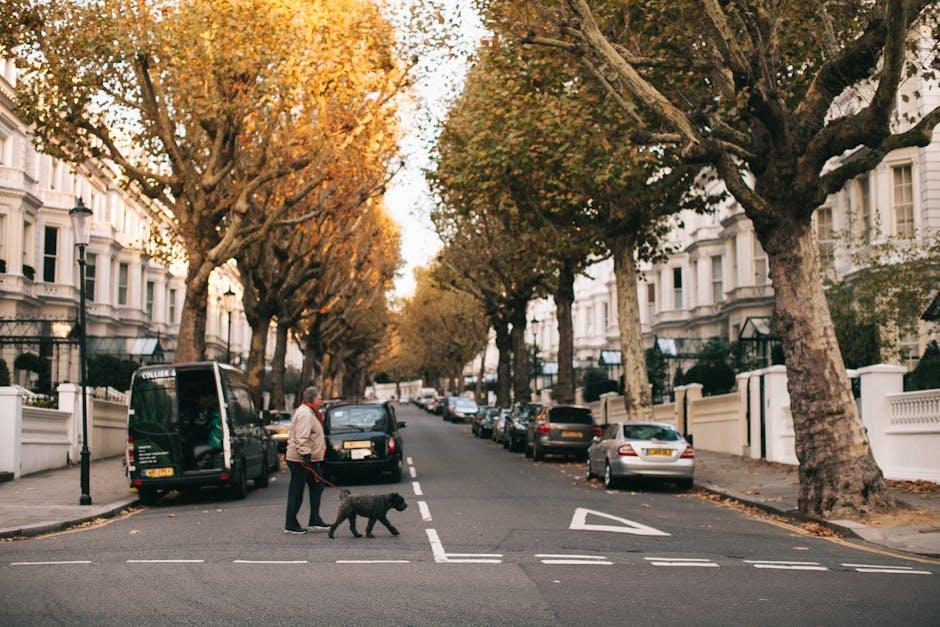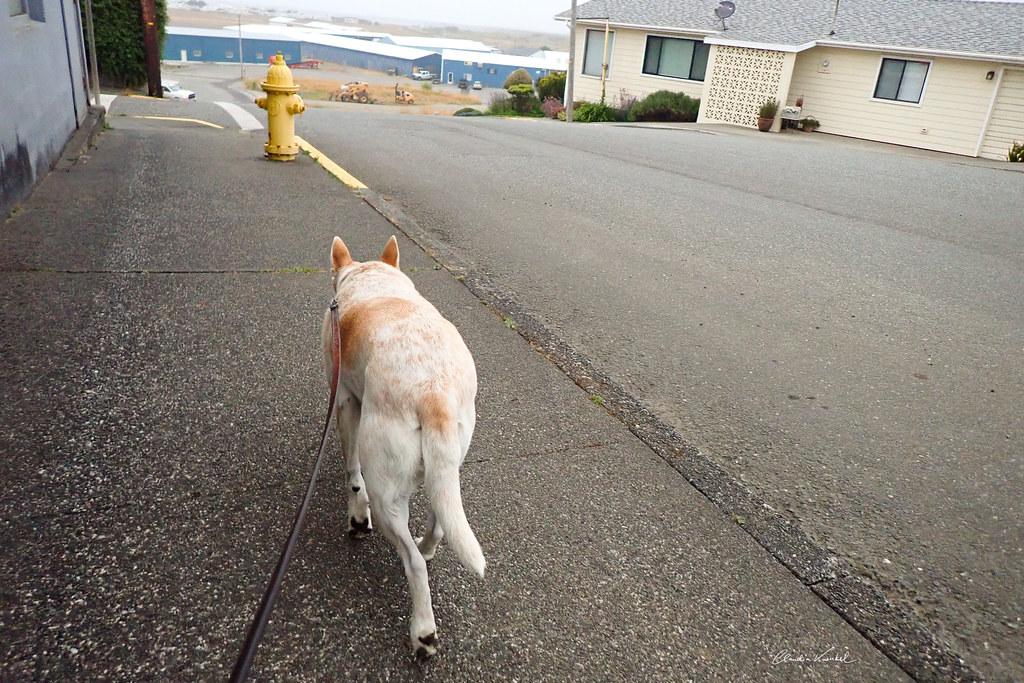Solutions for Dogs That Chase Cars and Bicycles

Dogs chasing cars and bicycles is a common behavioral issue that can pose significant risks to both the dog and others. This behavior often stems from a dog’s natural instincts to chase moving objects, but without proper management, it can lead to dangerous situations, such as accidents or injuries. Understanding the underlying causes and implementing effective strategies is crucial for pet owners looking to curb this behavior. In this article, we will explore a range of solutions designed to help you train your dog to resist the temptation to chase, ensuring a safer environment for everyone involved. From training techniques to environmental modifications, these methods aim to address the root of the problem and promote harmonious coexistence between dogs and their surroundings.
Understanding the Root Causes of Chasing Behavior
To address the issue of dogs chasing cars and bicycles, it’s essential to delve into the underlying motivations driving this behavior. Dogs may chase due to a variety of instinctual and environmental factors. Understanding these can be pivotal in effectively curbing the habit. Predatory instincts are a common root cause; many dogs have an innate drive to chase moving objects, a remnant of their hunting ancestry. Additionally, lack of mental and physical stimulation can lead to such behavior. A bored dog may find the act of chasing exhilarating, serving as an outlet for pent-up energy. Furthermore, territorial instincts might prompt a dog to chase away what it perceives as intruders in its domain.
- Fear or Anxiety: Sometimes, dogs chase because they are fearful or anxious about the noise or movement of vehicles, attempting to assert control over the situation.
- Social Reinforcement: A dog may have learned that chasing brings attention, whether it’s a shout from the owner or the thrill of the chase itself, reinforcing the behavior.
- Lack of Training: Without proper training, dogs may not understand that chasing is undesirable behavior, leading to continued pursuits.

Implementing Effective Training Techniques for Safety
When it comes to addressing the issue of dogs chasing cars and bicycles, implementing effective training techniques is crucial for ensuring both the safety of your pet and the community. One of the most successful approaches involves a combination of positive reinforcement and consistent boundary setting. Start by establishing a controlled environment where your dog can learn without the distractions of moving vehicles. Use treats or praise to reward your dog for calm behavior and redirect their attention whenever they show signs of chasing. It’s important to remain patient and persistent, as consistent practice will help reinforce desired behaviors.
- Use a Long Leash: This allows your dog some freedom while still giving you control. Practice walking near cars or bicycles, gradually reducing the distance as your dog becomes more comfortable.
- Incorporate Obedience Commands: Commands like “sit,” “stay,” and “leave it” can be crucial in diverting your dog’s attention away from the chase. Regular training sessions can help solidify these commands.
- Create a Safe Space: Ensure that your yard is secure, preventing your dog from running into the street. This can be a temporary measure while working on behavior modification.
By utilizing these techniques, you create a structured environment that encourages your dog to remain calm and attentive, ultimately reducing the urge to chase moving objects. Consistency is key, and over time, these strategies can significantly decrease the likelihood of dangerous encounters with cars and bicycles.

Utilizing Tools and Equipment to Prevent Chasing
In the quest to deter your dog from chasing cars and bicycles, utilizing the right tools and equipment can make a significant difference. One of the most effective tools is a head halter. This device provides more control over your dog’s head, making it easier to redirect their attention and guide them away from distractions. Another useful tool is the no-pull harness, which discourages pulling by applying gentle pressure on the chest, helping to manage their impulses.
- Leash training: Using a sturdy leash in combination with positive reinforcement techniques can help reinforce good behavior. Opt for a leash that’s durable yet comfortable for both you and your dog.
- Remote training collars: These can be beneficial if used correctly and humanely, offering a way to communicate with your dog at a distance and discourage chasing.
- Interactive toys: Keeping your dog mentally stimulated with engaging toys can reduce their urge to chase by providing alternative outlets for their energy.
Incorporating these tools into your training routine not only enhances control but also ensures your dog’s safety and the safety of others. Always prioritize humane and positive methods when introducing any new equipment to your dog’s routine.
Creating a Safe and Stimulating Environment for Your Dog
Ensuring your furry friend has a safe and stimulating environment can significantly reduce their instinct to chase cars and bicycles. Begin by creating a secure space where they can roam freely without the risk of running into traffic. Consider the following:
- Install Fencing: A sturdy fence can prevent your dog from darting out onto the road. Opt for a height that matches your dog’s jumping ability.
- Use Leashes and Harnesses: When walking your dog near traffic, a strong leash and comfortable harness can give you better control.
- Engage Their Minds: Provide interactive toys and puzzles that challenge your dog’s mind, keeping them occupied and less likely to seek excitement elsewhere.
- Exercise Regularly: Ensure your dog gets ample physical exercise to burn off energy, making them less prone to chase moving objects.
Additionally, training can play a pivotal role. Incorporate basic obedience commands like “sit,” “stay,” and “come” into your daily routine to establish control and redirect their attention away from distractions. Positive reinforcement with treats and praise can reinforce good behavior and deter them from undesirable actions.



